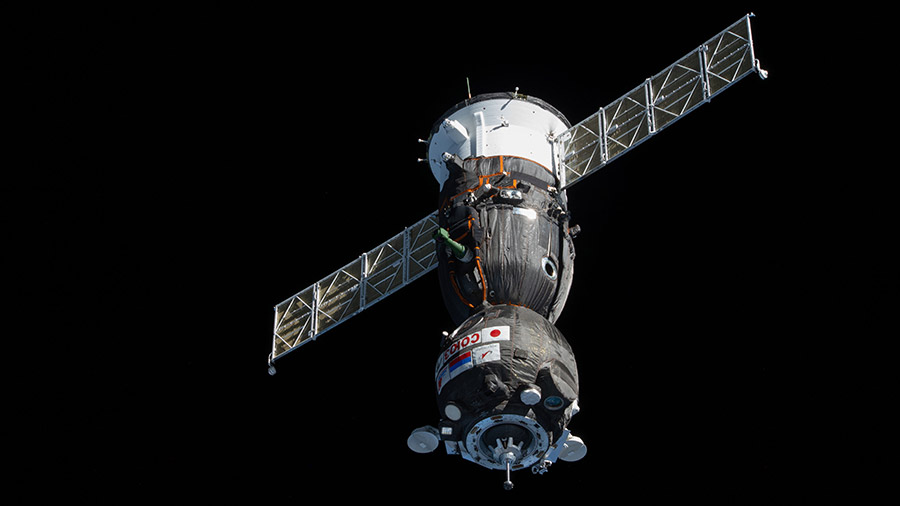New Visitors Adapt to Station During Space Biology, Physics Research

Three individuals are adapting to life aboard the International Space Station following Tuesday’s launch and docking aboard a Russian crew ship. The seven-member Expedition 66 crew is back on science duty today while helping the new space travelers get up to speed with station systems and safety procedures.
10 people are living on the orbiting lab today after the arrival of three space travelers on Wednesday. Cosmonaut Alexander Misurkin commanded the Soyuz MS-20 crew ship flanked by spaceflight participants Yusaku Maezawa and Yozo Hirano during its six-hour and 2-minute trip from Kazakhstan to the orbiting lab’s Poisk module. The station guests will stay in space until Dec. 19 when they will undock from Poisk, reenter the Earth’s atmosphere and parachute to a landing back in Kazakhstan.
The seven station crew members, comprised of four NASA astronauts, an ESA (European Space Agency) astronaut and two Roscosmos cosmonauts, joined their guests just before lunchtime to review emergency roles and responsibilities. All 10 lab residents spent an hour going over evacuation routes, communication procedures and other activities in response to different emergency scenarios.
Today’s microgravity research incorporated biomedical science and space physics. NASA Flight Engineers Mark Vande Hei, Raja Chari and Kayla Barron kicked off the day with blood and urine sample collections. At the end of the day, ESA Flight Engineer Matthias Maurer scanned the eyes of Thomas Marshburn from NASA using the orbiting lab’s Ultrasound 2 device. Vande Hei also set up the Fluids Integrated Rack for a space physics study that may improve thermal systems for Earth and other planetary environments.
Station Commander Anton Shkaplerov of Roscosmos worked throughout Tuesday on a Russian biotechnology study exploring how microbes grow in weightlessness and their impact on space systems. Flight Engineer Pyotr Dubrov photographed bacteria samples grown for the Microvir space virus investigation.
Learn more about station activities by following the space station blog, @space_station and @ISS_Research on Twitter, as well as the ISS Facebook and ISS Instagram accounts.
Get weekly video highlights at: http://jscfeatures.jsc.nasa.gov/videoupdate/
Get the latest from NASA delivered every week. Subscribe here: www.nasa.gov/subscribe
from Space Station https://ift.tt/335J3yi
Comments
Post a Comment